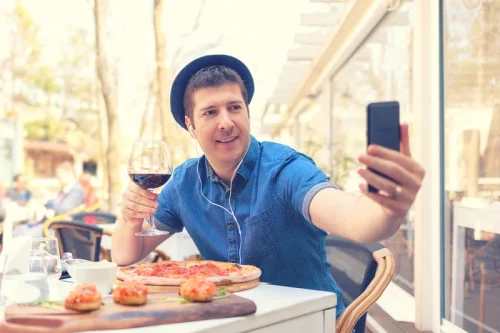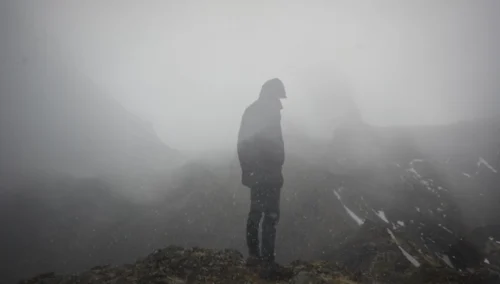
It is crucial for PreK students to understand that they have the right to make their own decisions and that real friends should not pressure them. By teaching students to say ‘no’ confidently, even when they might not feel confident, they can effectively handle peer pressure. In this blog post, we will explore a simple no-prep activity and discussion questions to help students develop these skills.
Peer Pressure Games, Role Plays, and Activities for Elementary School Kids
- Once they have a clearer picture of their values, help your child understand how these principles can guide their decisions.
- For example, if asked to skip school, your child may suggest instead getting together directly after school and including more friends.
- Explore ways to manage anger in a variety of real-life situations with this set of 16 scenario cards.
- Parents’ positive feedback turns out to be a booster for their children when they are facing any kind of peer pressure.
And like anything in life, the more you practice, the more it becomes muscle memory and automatic. Once they have a clearer picture of their values, help your child understand how these principles can guide their decisions. Encourage them to think about the importance of staying true to their values, even when it’s difficult. This process empowers them to make more informed choices and boosts their self-confidence, as they become more secure in their identity and beliefs. Have the kids role-play a scenario whereby another kid’s invitation to a party over the weekend is revoked for not supporting the same team as his colleagues.
Different Ways To Avoid Peer Pressure

Zalamar also points to social media playing a role in what kids perceive as “cool,” which can lead them toward doing things they’d rather not do. Miami-based licensed mental health counselor Nathalie Fleitas agrees, explaining that during this period, the brain undergoes substantial which of the following is a type of indirect peer pressure? changes. As these regions develop, adolescents become more attuned to social cues and more sensitive to peer influence,” she says. These peer pressure social skills resources were authored by Watson Institute’s special education consultant, Andee Morris, M.Ed.
Learning Dispositions Reflection Worksheets – Lower Grades

Handling guilt takes practice, but it is worthwhile to listen to your intuition. Peer pressure can be challenging to resist, but there are effective methods and techniques you can use to stand firm in your values and choices while dealing with peer pressure. Everyone should have specific peer pressure strategies in their back pocket that will help them respond to subtle nudging from peers towards risky activities. Introduction Playing with others is an essential part of children’s development, and establishing a set of guidelines can help ensure that everyone has a positive experience.
- It’s not just about resisting negative influences but also about fostering a strong sense of self-awareness and personal values.
- When your child knows they can come to you without judgment or criticism, they’re more likely to seek your guidance when facing peer pressure.
- You’ll feel less alone when pressured if you have even one friend committed to avoiding risky behaviour, too.
- When peer pressure is positive, it can motivate your students to excel academically, participate in constructive activities, and develop positive traits like kindness and teamwork.
- Give your students strategies to deal with peer pressure by displaying and reviewing the tips on this classroom poster.
- For this lesson on peer pressure, give the group various brief peer influence examples, focusing on practical ones that show good and bad effects.
Strategies for Keeping Students Engaged in Online Learning
In this blog post, we will discuss the importance of teaching students to handle conflicts with friends using the Problem… Open communication is like a superhero’s cape when it comes to helping children tackle peer pressure. It’s a trust-building and problem-solving tool that equips them to make better choices. Encourage them to share their experiences, good or bad, and ask open-ended questions to delve deeper into their world.
What Public Schools Can Do About Special Education Teacher Shortages
Divide the class into small groups and provide each group with a scenario where they might face peer pressure. For example, one student could be trying to convince another student to take a toy from a classmate without permission. After each group has completed their scenario, have the class come together to discuss what they learned and how they felt during the activity. In most scenarios on how to deal with peer pressure, it turns out to be unable to tackle the feelings that come when you avoid peer pressure. While dealing with peer pressure, you can start documenting your emotions in a journal that provides a healthy approach after submitting to negative peer influence. Start asking yourself reflective questions without judgment to understand what happened.
- Introduction Playing with others is an essential part of children’s development, and establishing a set of guidelines can help ensure that everyone has a positive experience.
- This practice teaches youngsters how hard it is to focus while everyone else is instructing them what to do.
- Setting boundaries is crucial for children as it provides them with a clear understanding of what is acceptable and what is not.
- This exercise helps students practice saying “no” and acting confidently in the face of peer pressure, while also allowing them to learn from their peers’ experiences and strategies.
Free Printable Holiday Coloring Pages to Inspire Your Child’s Inner Artist
Discuss the influence of negative and positive language choices when it comes to peer pressure, leading by example for others. Have students draw boats and add the qualities, people, or actions they need to stay afloat despite peer pressure. Have students create their own superhero team by discussing positive attributes they possess that can help them handle different challenges, including peer pressure. There are several reasons from social to biological that make teens more vulnerable to peer pressure.

The Value of Soft Skills for Students in the Age of AI

